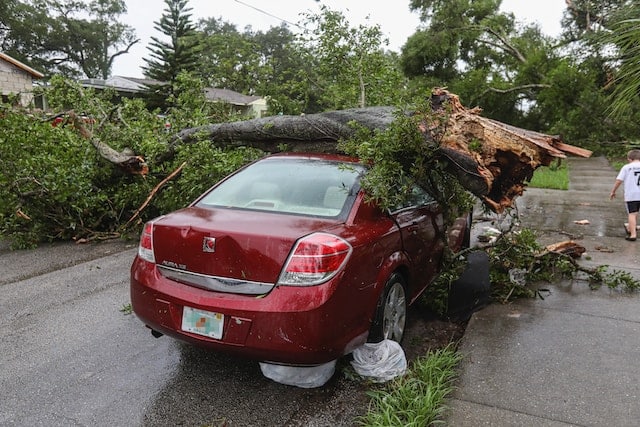When it comes to protecting your vehicle and ensuring peace of mind on the road, having the right car insurance coverage is essential. Understanding the different Types of Car Insurance policies available can help you make informed decisions and choose the best coverage for your needs. In this article, we will explore the various types of car insurance explained, coverage and what each includes, helping you confidently navigate the world of car insurance.
Liability Coverage:
Liability coverage is the most basic and essential type of car insurance required in most places. It provides financial protection in case you cause an accident and are held responsible for bodily injury or property damage to others. This coverage helps pay for the accident’s medical expenses, repair costs, and legal fees.
Collision Coverage:
Regardless of fault, collision coverage shields you from the financial strain of repairing or replacing your vehicle after an accident. It covers damages resulting from collisions with other vehicles or objects, such as trees or poles. Having collision coverage ensures that you can get your vehicle repaired or replaced without incurring significant out-of-pocket expenses.
Comprehensive Coverage:
Comprehensive coverage goes beyond collision insurance and provides protection against non-collision-related damages to your vehicle. This includes damages caused by theft, vandalism, fire, natural disasters, or falling objects. With comprehensive coverage, you can know that your vehicle is protected from a wide range of potential risks.
Personal Injury Protection (PIP) Coverage:
Personal Injury Protection, commonly known as Irrespective of Fault, PIP coverage is intended to encompass medical expenses, lost income, and other associated expenses following an accident. PIP coverage varies by state, but it typically includes medical treatment, rehabilitation, and even funeral expenses. It provides crucial financial support for you and your passengers in case of injuries sustained in a car accident.
Uninsured/Underinsured Motorist Coverage:
This coverage, known as uninsured/underinsured motorist coverage, safeguards you in case of an accident caused by a driver lacking insurance or carrying inadequate coverage to cover damages and injuries. This coverage helps cover medical expenses, property damage, and other losses that result from accidents with uninsured or underinsured drivers.
Gap Insurance:
Gap insurance is particularly relevant for those who have financed or leased their vehicles. In the event of theft or an accident resulting in a total loss, this coverage bridges the gap between the remaining loan or lease balance and the actual cash value of your vehicle. Gap insurance ensures that you are not left with a significant financial burden if your vehicle is declared a total loss.
Choosing the Right Car Insurance Coverage:
Determining which type of car insurance is best for you depends on several factors, including your budget, driving habits, and the value of your vehicle. It’s important to assess your needs and consider the potential risks you may face on the road. Seeking advice from a knowledgeable insurance agent can offer valuable perspectives and assist you in making well-informed choices.
Conclusion:
Having the appropriate car insurance coverage is crucial for protecting yourself, your vehicle, and others on the road. Understanding what are the different types of car insurance policies available allows you to choose the coverage that best suits your needs. The various types of car insurance policies empower you to select the most suitable coverage for your needs and ensure comprehensive protection for your vehicle and yourself on the road.
Whether it’s liability coverage, collision coverage, comprehensive coverage, or additional options like PIP or uninsured motorist coverage, selecting the right mix of insurance coverage ensures that you are adequately protected in various situations. Therefore, invest the necessary time to examine the available choices, evaluate your requirements, and make a knowledgeable decision to protect your journey on the road.












Leave a Reply